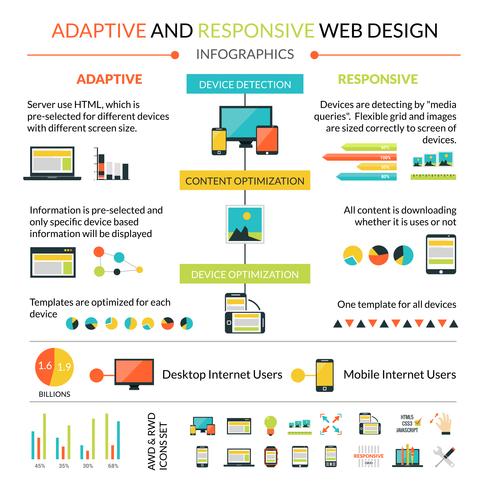Get Ready To Journey Through Time And Discover How Websites Have Actually Ended Up Being More Sophisticated, Easy To Use, And Visually Sensational
Get Ready To Journey Through Time And Discover How Websites Have Actually Ended Up Being More Sophisticated, Easy To Use, And Visually Sensational
Blog Article
Personnel Author-Hartley Bojesen
In the past, web sites were easy and concentrated on info. Navigating was straight, and style was for desktops. Currently, individual experience is key. Data overviews designs for easy navigating. Responsive designs fit various tools. Today, dark setting reduces strain, and minimalist food selections improve navigation. Interactive features involve users, and bold visuals stand apart. AI integration increases interaction. See exactly how style has progressed to improve your on the internet trip.
Early Days of Web Design
In the early days of web design, simpleness reigned supreme. Sites were fundamental, with restricted shades, fonts, and designs. The focus was on providing information instead of fancy visuals. Users accessed the internet via sluggish dial-up links, so speed and capability were crucial.
Navigation menus were straightforward, commonly situated at the top or side of the page. Web sites were designed for desktop, as mobile surfing wasn't yet prevalent. Material was king, and developers focused on simple readability over intricate layout components.
HTML was the key coding language used, and developers needed to function within its restraints. Computer animations and interactive attributes were very little contrasted to today's criteria. Sites were fixed, with little dynamic material or personalized customer experiences.
Increase of User-Focused Design
With the development of website style, a change in the direction of user-focused style principles has actually come to be progressively prominent. Today, developing internet sites that focus on user experience is critical for engaging site visitors and attaining business goals. User-focused style involves comprehending the needs, preferences, and actions of your target market to tailor the web site's layout, web content, and includes appropriately.
Designers now conduct detailed research study, such as individual surveys and usability screening, to collect understandings and feedback directly from users. This data-driven strategy helps in creating user-friendly navigating, clear calls-to-action, and aesthetically appealing interfaces that reverberate with site visitors. By placing the individual at the facility of the design process, sites can provide a much more customized and satisfying experience.
Responsive layout has also become a key facet of user-focused style, guaranteeing that web sites are enhanced for numerous devices and screen dimensions. This versatility improves accessibility and usability, accommodating the varied means individuals engage with websites today. In essence, the surge of user-focused style represents a change in the direction of creating electronic experiences that focus on the requirements and expectations of the end user.
Modern Trends in Web Design
Check out the most up to date patterns forming web design today. One famous trend is dark setting layout, using a streamlined and modern appearance while lowering eye strain in low-light atmospheres. One more vital pattern is minimal navigating, streamlining food selections and enhancing user experience by focusing on essential elements. Integrating micro-interactions, such as computer animated switches or scrolling results, can produce an extra engaging and interactive web site. Receptive layout continues to be vital, ensuring smooth individual experiences across numerous gadgets. Furthermore, making use of bold typography and asymmetrical designs can add aesthetic passion and accentuate particular web content.
Incorporating AI technology, like chatbots for customer assistance or customized suggestions, enhances user interaction and enhances processes. Ease of visit the up coming webpage has additionally come to be a substantial trend, with designers prioritizing comprehensive design methods to deal with varied customer needs. Welcoming sustainability by maximizing internet site efficiency for rate and efficiency is another emerging trend in website design. Teaming up with individual comments and information analytics to iterate and enhance design continuously is necessary for staying appropriate in the ever-evolving electronic landscape. By accepting these contemporary trends, you can develop a visually enticing, straightforward website that reverberates with your audience.
Final thought
As you review the advancement of website style from the very early days to currently, you can see just how user-focused design has actually come to be the driving force behind contemporary patterns.
Embrace the trip of adjustment and adjustment in website design, constantly maintaining the user experience at the leading edge.
Keep present with the latest trends and modern technologies, and never quit developing your method to create visually spectacular and user-friendly web sites.
Advance, adjust, and develop - the future of web design is in your hands.
